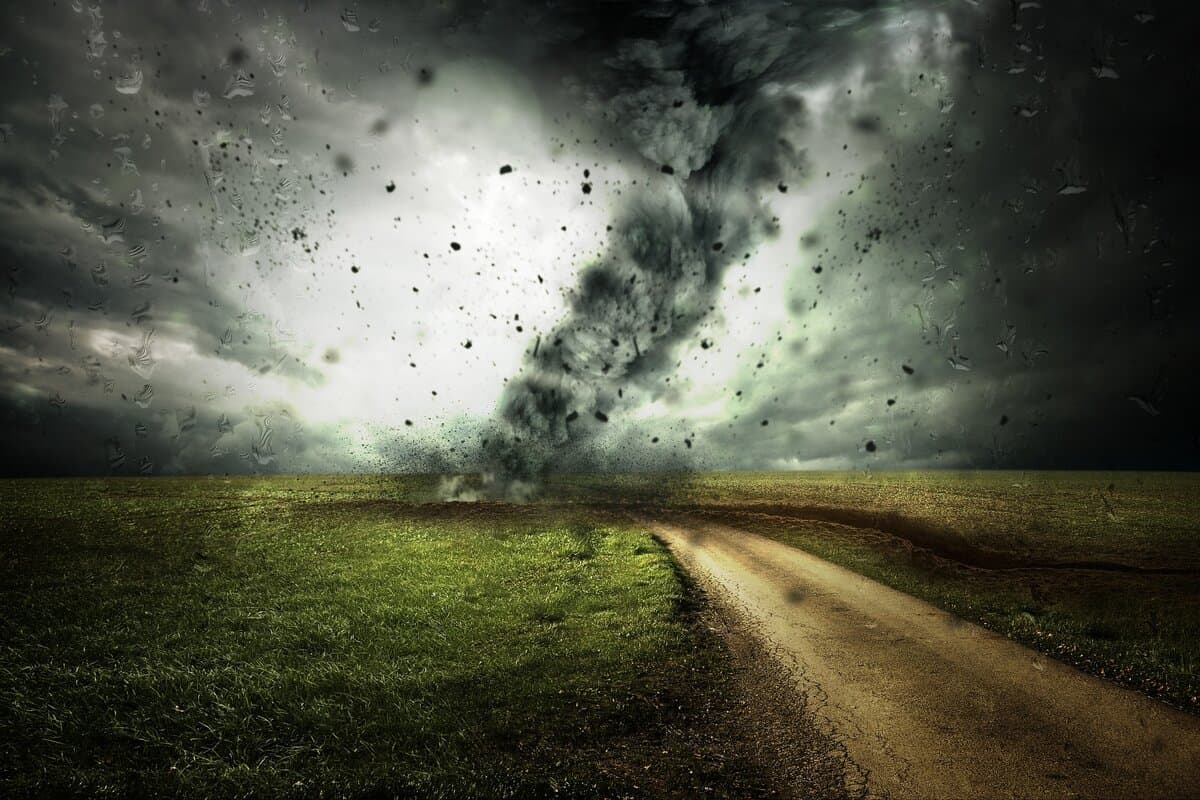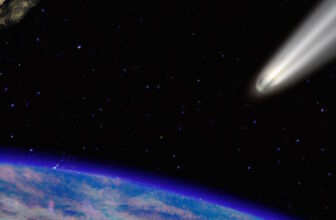
The World Meteorological Organization has said that there is a 90% chance that we will have at least one of the hottest years on record in the next five-seven years.
This is happening even though the previous decade was already the hottest in history. Even more, in the next 5 years, scientists expect this record to be broken. The annual report of the Global Carbon Project scientific group sounds the alarm: in 2022, carbon dioxide emissions into the atmosphere increased, which is accelerating the approach of the climate apocalypse. If the level of CO2 emissions recorded this year is maintained, then in 9 years the average temperature on Earth could rise by a dangerous 1.5 °C.
“Rising temperatures will mean more ice melt, sea level rise, more heatwaves, and other extreme weather events, and greater impacts on food security, health, the environment, and development,” says WMO Secretary-General Petteri Taalas. It is simply impossible not to notice climate change – they are happening right before our eyes. The current record temperatures in Europe are direct proof of this. How could we have believed a couple of years ago that the German government would propose by law to introduce a siesta because of the unprecedented heat?
If we consider potential scenarios of a global catastrophe, then along with the Third World War, this is one of the most likely options. At a minimum, climate change, together with overpopulation in certain regions, can catalyze completely unimaginable global problems.
How dangerous is global climate change?
Scientists and researchers have been talking about serious climate change for years. This is not a certain event that humanity will notice after a certain time. Significant shifts have begun to take place today. So, for example, the facts of the violation of the ozone layer are well known.
As a result of the depletion of the ozone layer, the surface of the planet is gradually warming, resulting in a record number of forest fires in the past few years. Another confirmation of the increase in the average annual temperature regime on Earth is the melting of glaciers in the Arctic Ocean. The latter circumstance threatens countries whose lands are at sea level (or even below it).
The anthropogenic impact has become so dangerous that many processes are at risk of becoming irreversible. Controversial discussions and even outspoken statements by environmentalists are taking place in many countries.
What is the situation?
Science centers have conducted several studies that have updated the data regarding global warming. One of the largest glaciers in Greenland, which has lost its mass and volume, was measured.
The ice of Antarctica has also decreased significantly. According to statistics, mass loss occurs six times more than forty years ago. Another group of explorers discovered a huge depression in the Antarctic Thwaites Glacier. If temperatures continue to rise in this manner, in less than 100 years, global sea levels will rise by more than 2.5 meters.
This, with irreparable consequences, threatens island states such as Japan, Great Britain, and Indonesia, as well as coastal countries of the Netherlands, Belgium, the USA, and Italy. In the Arctic, the average annual temperature has risen by a full degree in just 9 years. All over the world (especially in equatorial and subequatorial Africa in the Sahara Desert), droughts occur, and new areas of land become barren, sandy ones.
World Ocean
Methane in the Earth’s atmosphere is accumulating so rapidly, but one of the most severe concerns of scientists is an increase in the temperature of the world’s oceans.
It is happening 40% faster than predicted a few years ago. Even minor deviations from the norm can lead to irreparable consequences. The critical point is an increase of 1.5 degrees Celsius. Earlier, according to scientists’ forecasts, this should have happened around 2050; then, according to the latest data, such a situation cannot be ruled out in a 3 to 5-year course.
Why is global climate change dangerous?
First of all, coastal zones will go underwater. More and more land will become uninhabitable as a result of heat and fires. An increase in the average annual temperature of the planet and a deterioration in the “greenhouse effect” will continuously affect the crop, which will steadily decline. Given the constant growth of the world’s population, this will only increase economic and political instability.
While we still have time and opportunities, we need to prepare for these changes. Hope for the best, but prepare for the worst. We have to start looking for an “alternate airfield”, make supplies, and acquire valuable skills. Also, it is necessary to train and prepare your loved ones.
First of all, in the context of the climate apocalypse, it is essential to prepare supplies of food and water, as well as to explore options for obtaining them in the future. Drought can lead to real famine, which we are already seeing in Africa.
Therefore, food and water security should be your top priorities in preparation. Stay safe!



